Sale Pamono Ceramic Pierrot Figurine Table Lamp from Nove-Bassano, 1960s
$128.89
1960s table lamp Pierrot figurine in Porcelain Ceramics by Nove di Bassano
Origins of Pierrot
Pierrot is a mask born in Italy in the late sixteenth century
The name Pierrot is a French that derives from the Italian character of the commedia dell’arte, one of the first Zanni, Pedrolino, played in the famous Compagnia dei Gelosi by Giovanni Pellesini at the end of the sixteenth century.
The character was brought to France, where he became part of the repertoires of the French companies with the name of Pierrot thanks to the contribution of Giuseppe Geratoni who first introduced him in 1673; but the first great Pierrot was still an Italian, Fabio Antonio Sticotti (1676-1741). Later the character was perfected by his son Antonio-Jean Sticotti (1715? -1772) who also exported it to Germany.
The Sticotti reinvented and gave new life to this character adapting it to the taste of the French and then of the public of the European courts. In the French version Pierrot lost the characteristics of cunning and duplicity typical of Zanni to become the melancholy mime in love with the moon, the one who appears with the name of Gilles in the famous painting by Antoine Watteau.
The mime Jean-Gaspard Debureau (1796-1846), represented the 19th century Pierrot from 1826 at the Théâtre des Funambules. Debureau’s life inspired the French film director Marcel Carné as the character of Baptiste in the film Les enfants du Paradis.
Debureau defined the characteristics that later defined the iconography: a large white dress with black buttons and a small black hat on the white painted face.
Origins of Pierrot
Pierrot is a mask born in Italy in the late sixteenth century
The name Pierrot is a French that derives from the Italian character of the commedia dell’arte, one of the first Zanni, Pedrolino, played in the famous Compagnia dei Gelosi by Giovanni Pellesini at the end of the sixteenth century.
The character was brought to France, where he became part of the repertoires of the French companies with the name of Pierrot thanks to the contribution of Giuseppe Geratoni who first introduced him in 1673; but the first great Pierrot was still an Italian, Fabio Antonio Sticotti (1676-1741). Later the character was perfected by his son Antonio-Jean Sticotti (1715? -1772) who also exported it to Germany.
The Sticotti reinvented and gave new life to this character adapting it to the taste of the French and then of the public of the European courts. In the French version Pierrot lost the characteristics of cunning and duplicity typical of Zanni to become the melancholy mime in love with the moon, the one who appears with the name of Gilles in the famous painting by Antoine Watteau.
The mime Jean-Gaspard Debureau (1796-1846), represented the 19th century Pierrot from 1826 at the Théâtre des Funambules. Debureau’s life inspired the French film director Marcel Carné as the character of Baptiste in the film Les enfants du Paradis.
Debureau defined the characteristics that later defined the iconography: a large white dress with black buttons and a small black hat on the white painted face.
The seller assumes all responsibility for this listing.
About This Piece
Vintage Design
1960s table lamp Pierrot figurine in Porcelain Ceramics by Nove di Bassano
Origins of Pierrot
Pierrot is a mask born in Italy in the late sixteenth century
The name Pierrot is a French that derives from the Italian character of the commedia dell’arte, one of the first Zanni, Pedrolino, played in the famous Compagnia dei Gelosi by Giovanni Pellesini at the end of the sixteenth century.
The character was brought to France, where he became part of the repertoires of the French companies with the name of Pierrot thanks to the contribution of Giuseppe Geratoni who first introduced him in 1673; but the first great Pierrot was still an Italian, Fabio Antonio Sticotti (1676-1741). Later the character was perfected by his son Antonio-Jean Sticotti (1715? -1772) who also exported it to Germany.
The Sticotti reinvented and gave new life to this character adapting it to the taste of the French and then of the public of the European courts. In the French version Pierrot lost the characteristics of cunning and duplicity typical of Zanni to become the melancholy mime in love with the moon, the one who appears with the name of Gilles in the famous painting by Antoine Watteau.
The mime Jean-Gaspard Debureau (1796-1846), represented the 19th century Pierrot from 1826 at the Théâtre des Funambules. Debureau’s life inspired the French film director Marcel Carné as the character of Baptiste in the film Les enfants du Paradis.
Debureau defined the characteristics that later defined the iconography: a large white dress with black buttons and a small black hat on the white painted face.
Origins of Pierrot
Pierrot is a mask born in Italy in the late sixteenth century
The name Pierrot is a French that derives from the Italian character of the commedia dell’arte, one of the first Zanni, Pedrolino, played in the famous Compagnia dei Gelosi by Giovanni Pellesini at the end of the sixteenth century.
The character was brought to France, where he became part of the repertoires of the French companies with the name of Pierrot thanks to the contribution of Giuseppe Geratoni who first introduced him in 1673; but the first great Pierrot was still an Italian, Fabio Antonio Sticotti (1676-1741). Later the character was perfected by his son Antonio-Jean Sticotti (1715? -1772) who also exported it to Germany.
The Sticotti reinvented and gave new life to this character adapting it to the taste of the French and then of the public of the European courts. In the French version Pierrot lost the characteristics of cunning and duplicity typical of Zanni to become the melancholy mime in love with the moon, the one who appears with the name of Gilles in the famous painting by Antoine Watteau.
The mime Jean-Gaspard Debureau (1796-1846), represented the 19th century Pierrot from 1826 at the Théâtre des Funambules. Debureau’s life inspired the French film director Marcel Carné as the character of Baptiste in the film Les enfants du Paradis.
Debureau defined the characteristics that later defined the iconography: a large white dress with black buttons and a small black hat on the white painted face.
Click here for full descriptionClose description
| Manufacturer | Nove-Bassano |
|---|---|
| Design Period | 1960 to 1969 |
| Year | |
| Production Period | 1960 to 1969 |
| Country of Manufacture | Italy |
| Identifying Marks | This piece is attributed to the above-mentioned designer/maker. It has no attribution mark |
| Style | Italian Modern |
| Detailed Condition | Very Good — This vintage/antique item has no defects, but it may show slight traces of use. |
| A professional electrician has confirmed this piece is in working order. | |
| Restoration and Damage Details | Light wear consistent with age and use |
| Plug Type | European Plug (up to 250V) |
| Product Code | NJV-715398 |
| Materials | Ceramic |
| Color | White |
| Height | 28 cm 11.0 inch |
| Diameter | 8.7 inch |
Be the first to review “Sale Pamono Ceramic Pierrot Figurine Table Lamp from Nove-Bassano, 1960s” Cancel reply
Related products
Sale!
Ceiling Lights
Online Pamono Mid-Century Round Cocoon Pendant Lamp by Achille Castiglioni, Italy, 1960s
Ceiling Lights
$124.99
Sale!
Sale!
Ceiling Lights
Sale!
Ceiling Lights
Discount Pamono Vintage Petal Chandelier in Clear and White Murano Glass, Italy, 1970s
Sale!
$132.99
Sale!
Sale!
Table Lamps
Ceiling Lights
$124.89
Table Lamps
$128.99
Table Lamps
$140.89
$120.99
Login
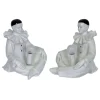
Sale Pamono Ceramic Pierrot Figurine Table Lamp from Nove-Bassano, 1960s

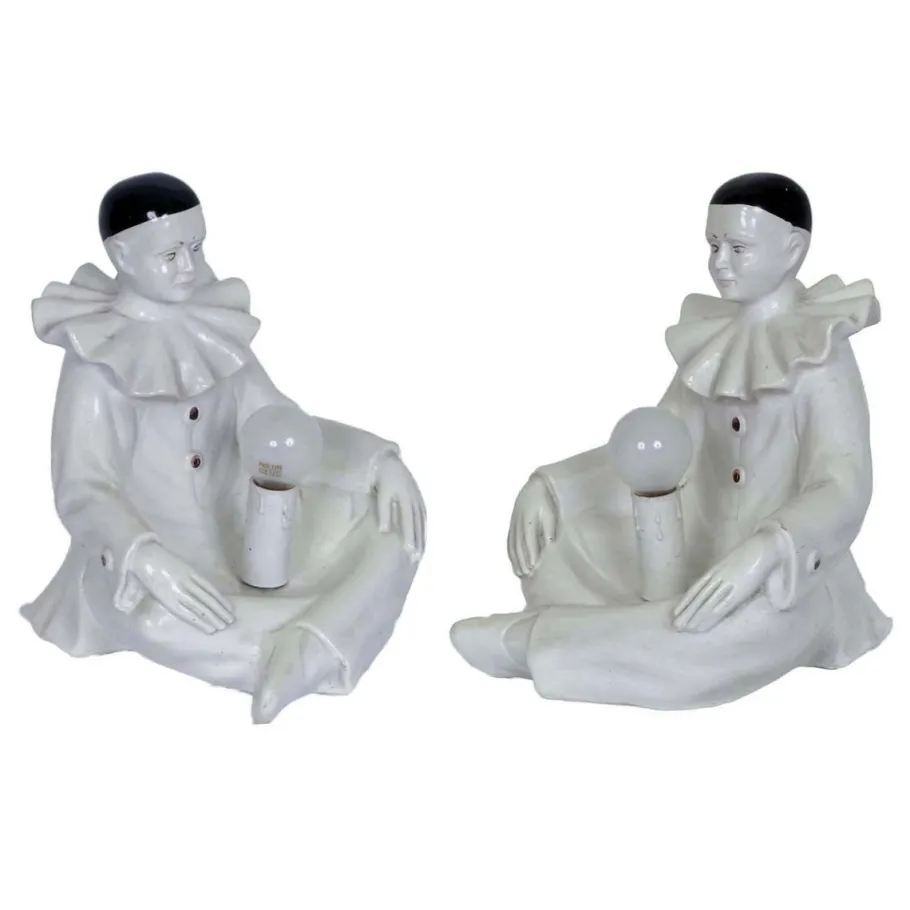
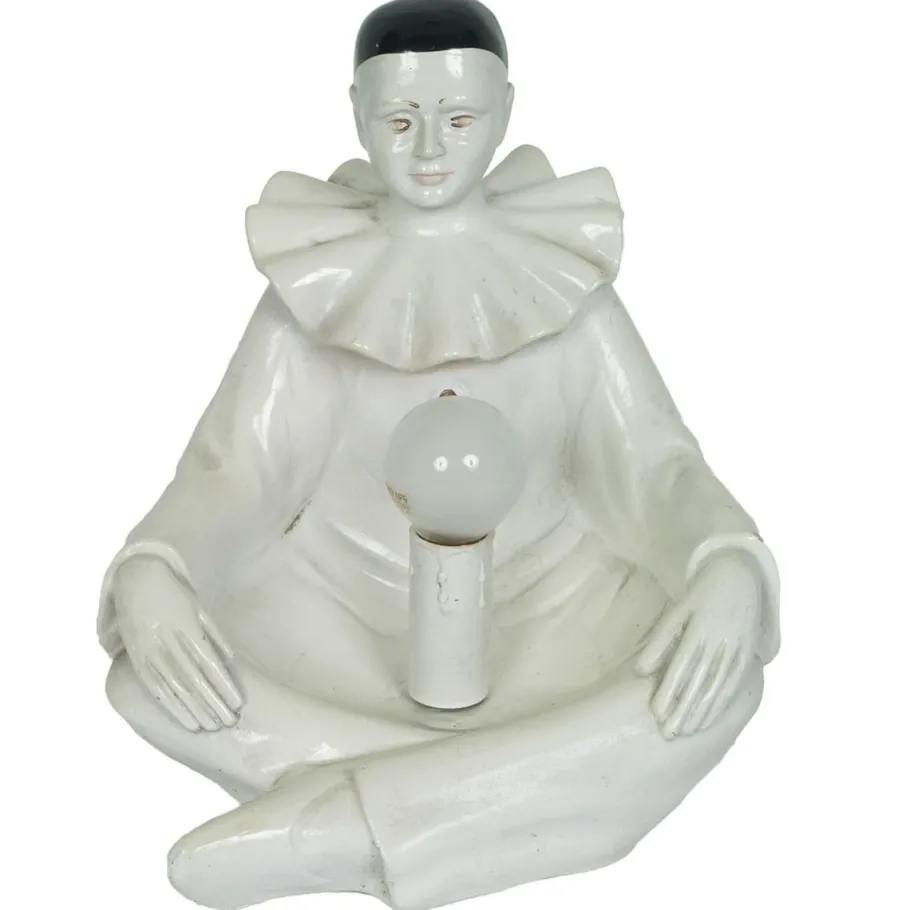
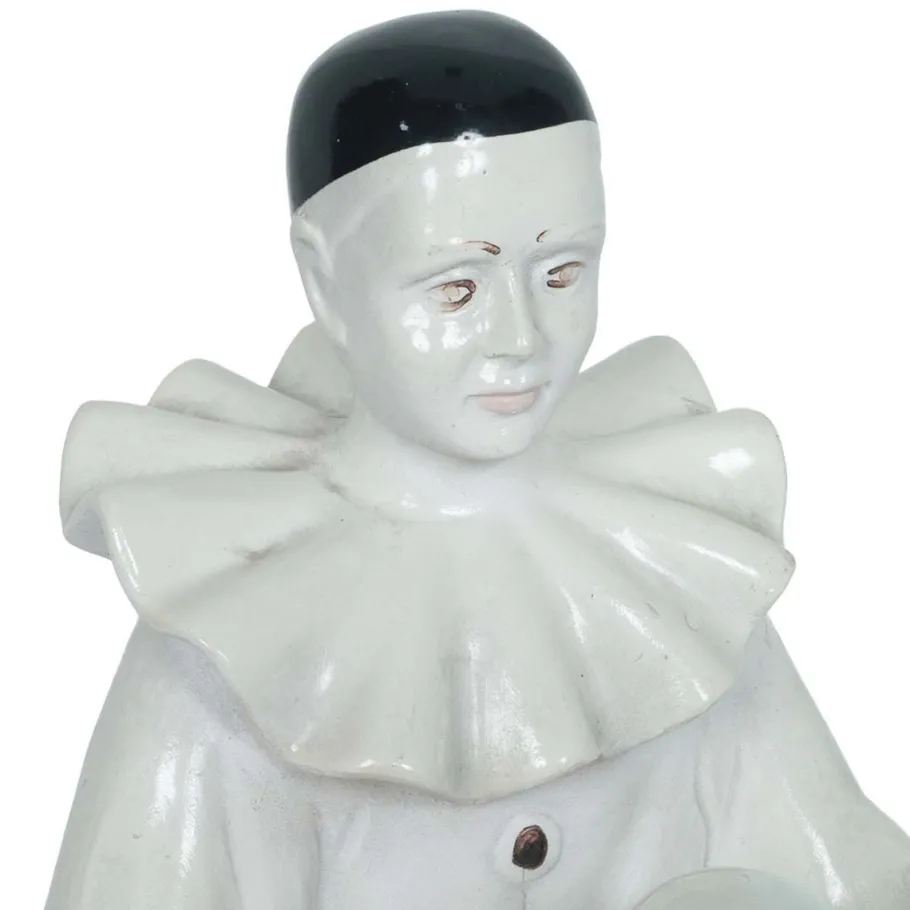
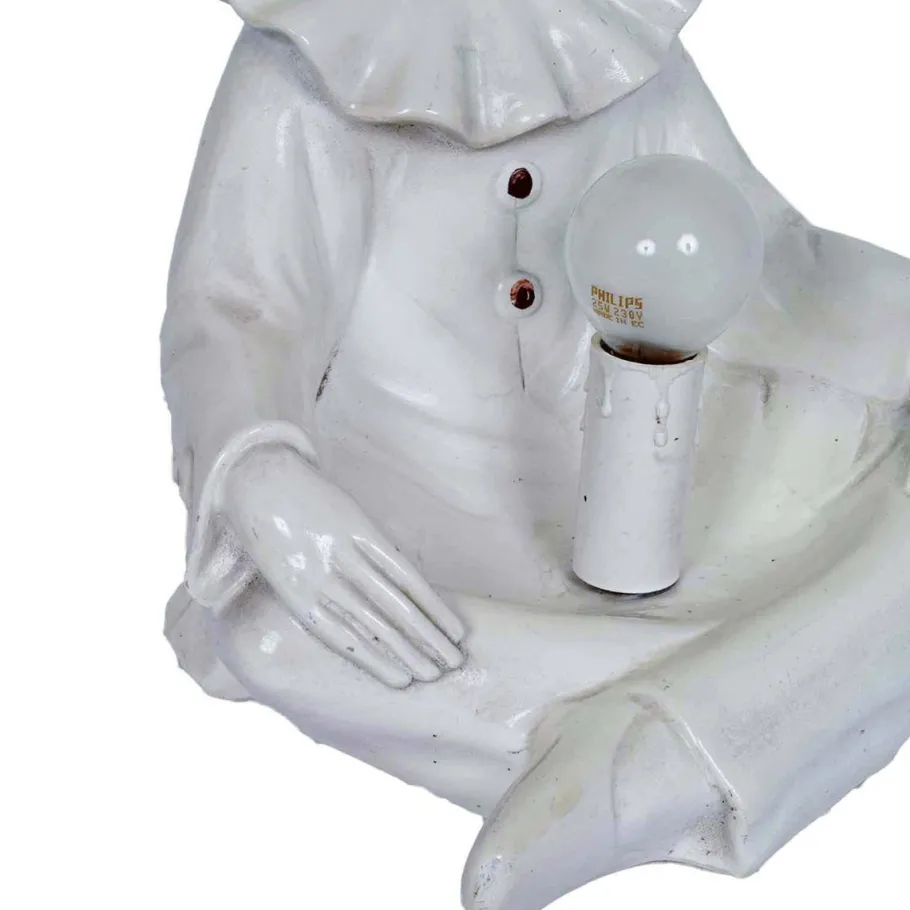
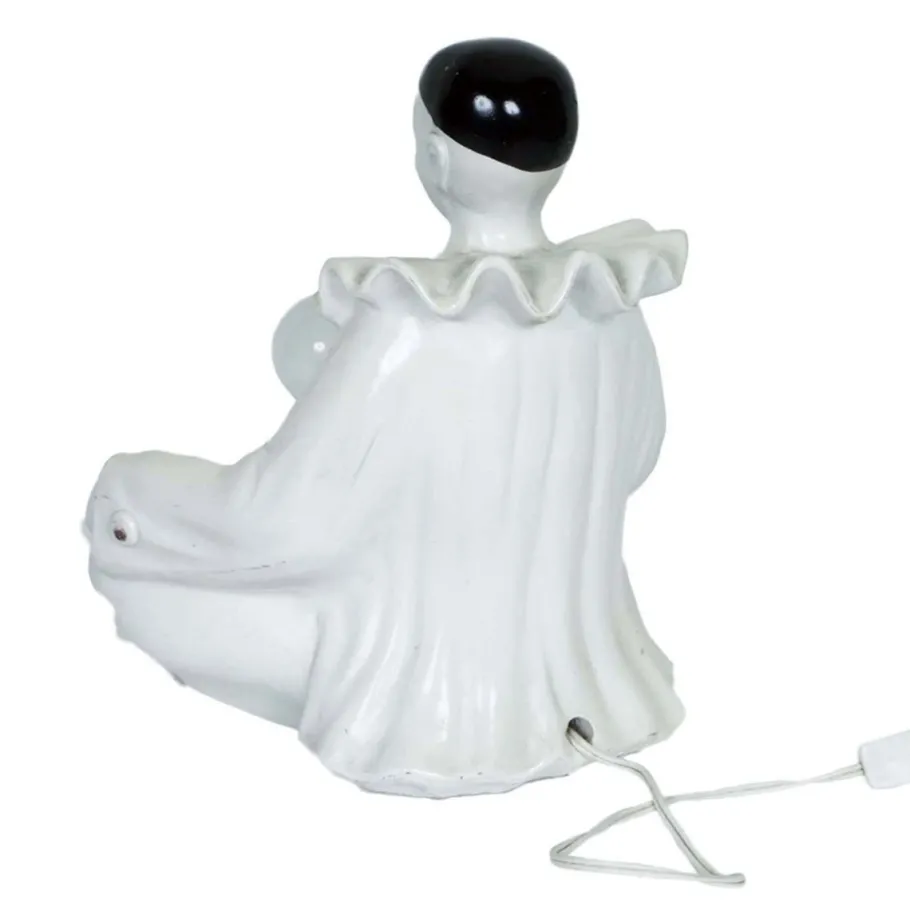
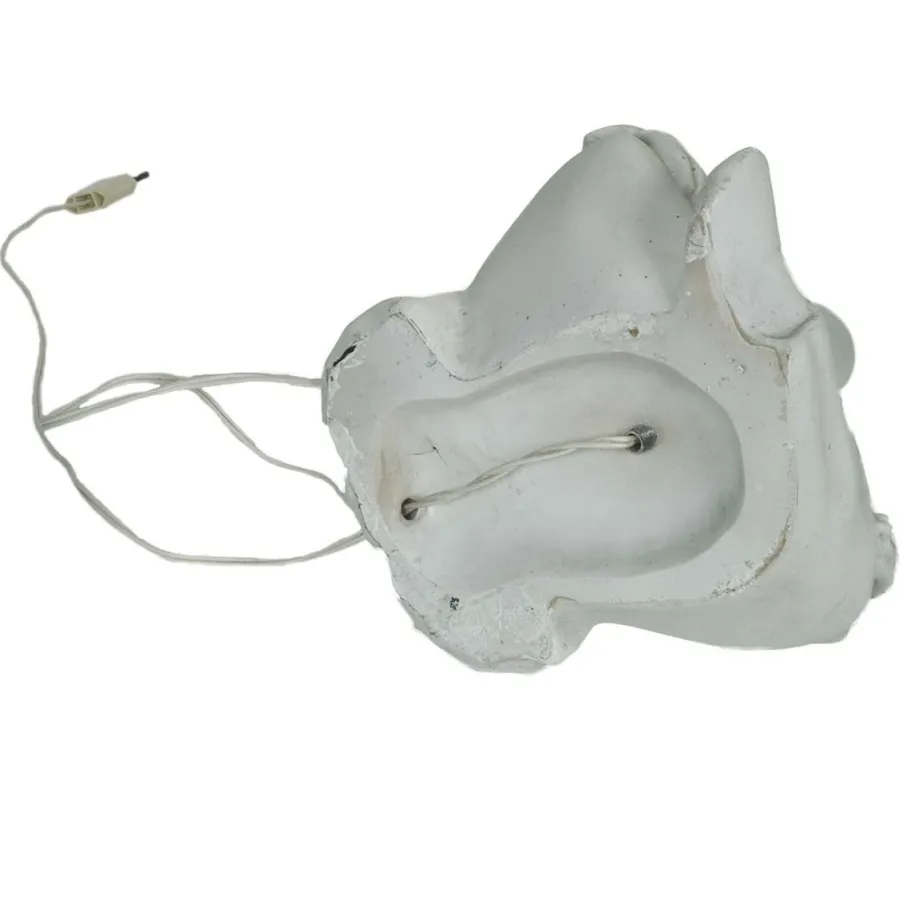
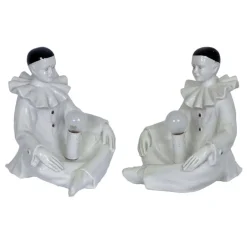
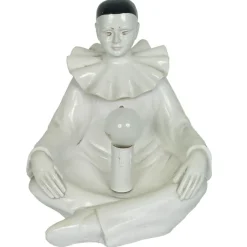

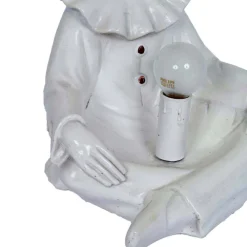
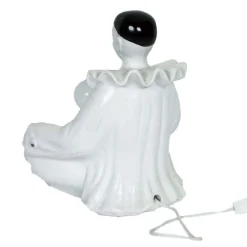
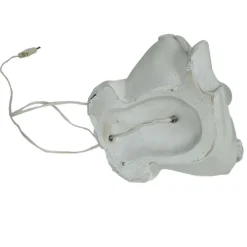
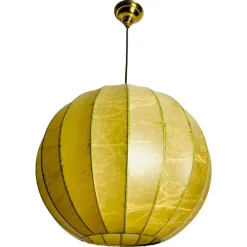
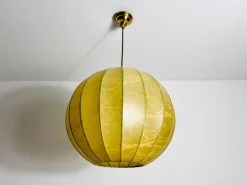
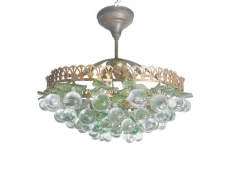
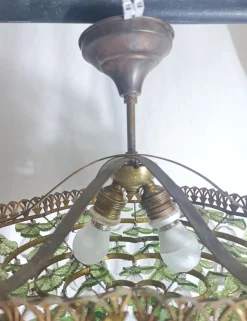
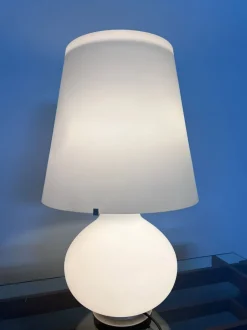
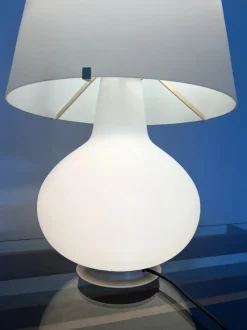
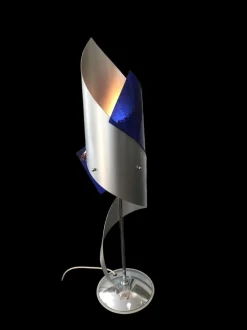
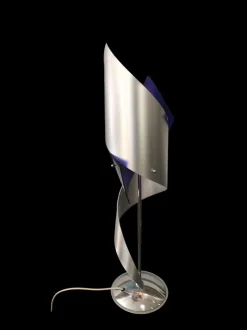
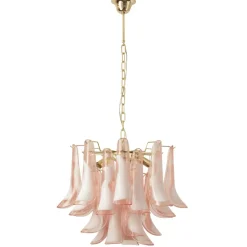
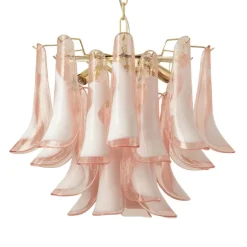
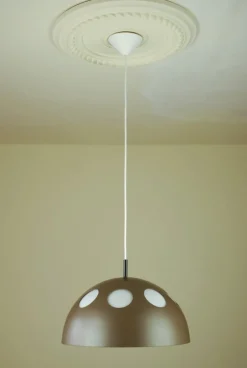
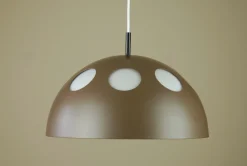
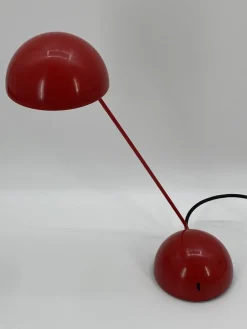

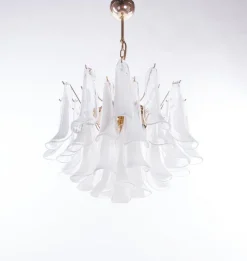
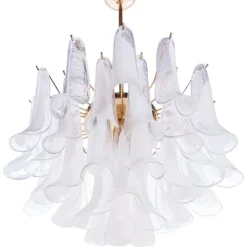
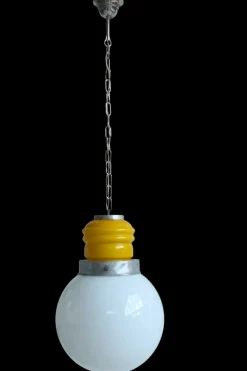
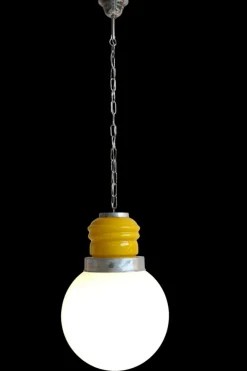

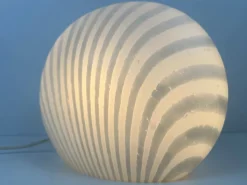


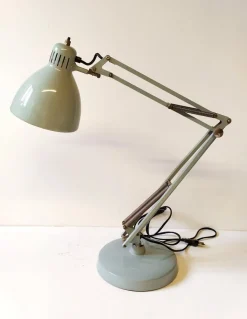
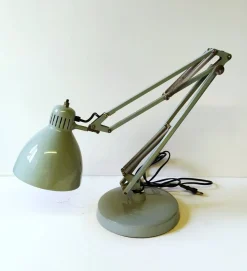
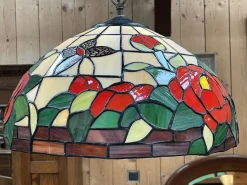
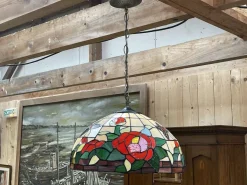
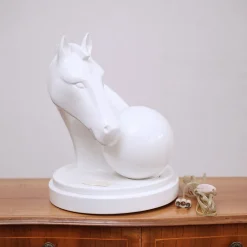
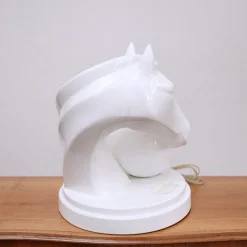
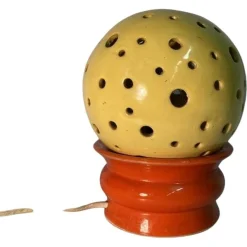

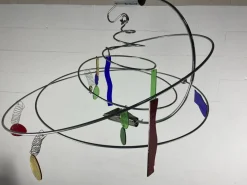

Reviews
There are no reviews yet.